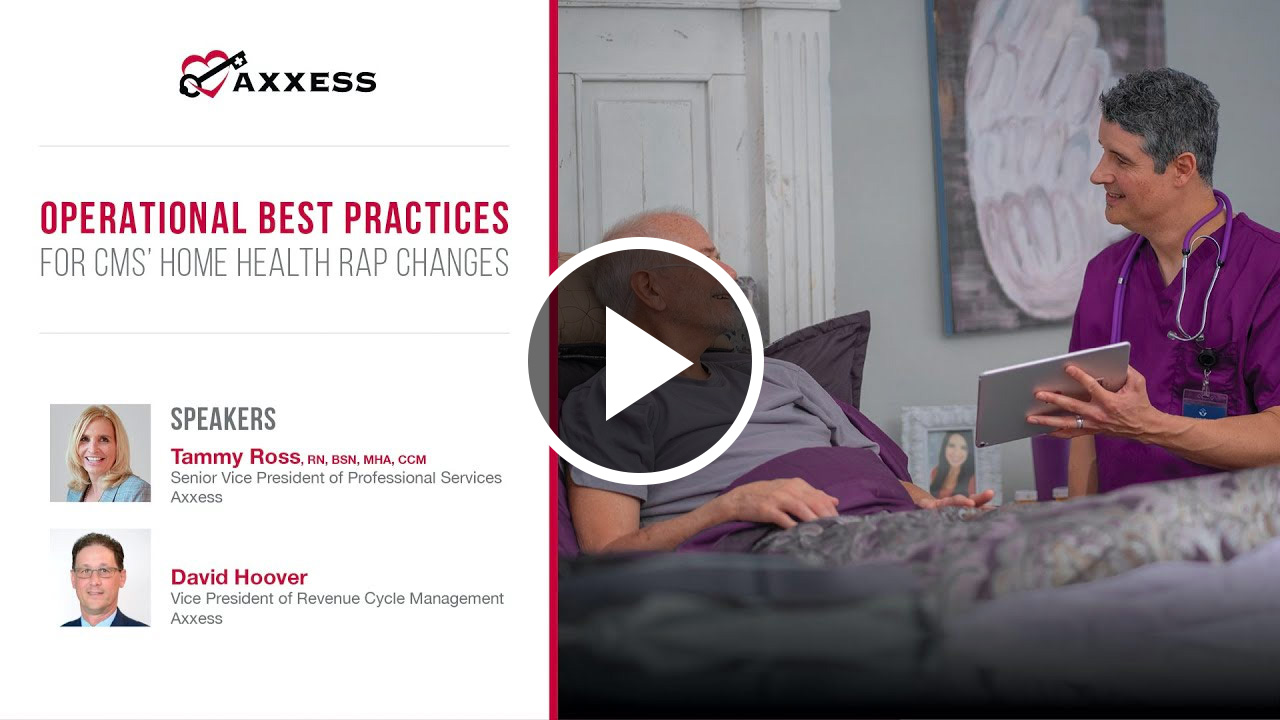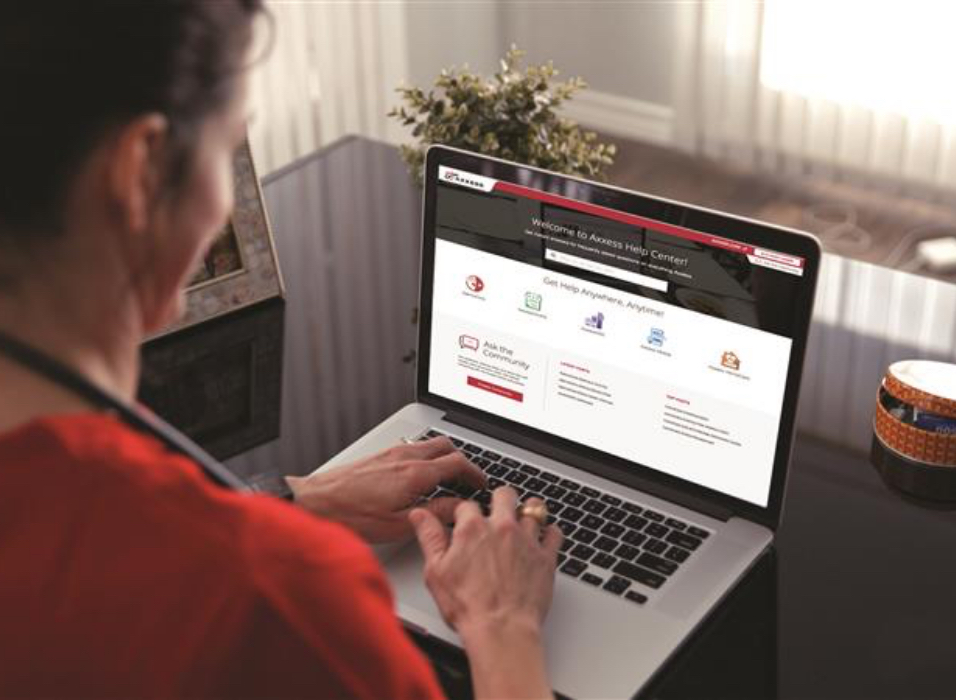Axxess is ready for PDGM
Our easy-to-use PDGM features and automated workflows enable clients to get paid faster while ensuring compliance.
What is the Patient-Driven Groupings Model (PDGM)?
The biggest change the home healthcare industry has seen in decades, Patient-Driven Groupings Model (PDGM) is now in effect. Axxess is here to help you prepare for, navigate and thrive in this changing environment. Understanding the changes will help you stay compliant and improve patient outcomes. The Centers for Medicare & Medicaid Services (CMS) is overhauling the home health prospective payment system as they continue the shift toward value-based care.
PDGM Tools for Success
PDGM OASIS Functional Assessment Tool
Tips to Avoid Questionable Encounters
Tips to Minimize LUPAs Under PDGM
Tips to Minimize Losses for Both 30-Day Payment Periods
Tips to Minimize Losses for First 30-Day Payments
PDGM Numbers that Count Guide
Exclusive PDGM Guide
Risk Assessment Worksheet
Top Questionable Encounter Codes to Avoid
Ungroupable Primary Diagnoses List
Effective October 1, 2020
Functional Level Scoring
Example Diagnosis Query Tool
Groupable Primary Diagnoses List
Effective October 1, 2020
Formerly Groupable Diagnoses
No Longer Groupable as of October 1, 2020
New Groupable Primary Diagnoses
as of October 1, 2020
On-Demand Videos
CMS organization-Level Impact Analysis
The CMS organization-Level Impact Analysis provides an estimate of the potential impact PDGM could have on your organization. It uses data from the Centers for Medicare and Medicaid Services’ projections that were updated with final 2019 payment rates and reflects methodology changes incorporated into the Final Rule released October 31, 2018.
PDGM Related Blogs
Understanding How PDGM Changes a LUPA
One of the most significant changes the Centers for Medicare and Medicaid Services has made in the new payment model is the threshold for a Low Utilization Payment Adjustment, or LUPA.
Learn MoreYour PDGM Questions Answered
As PDGM took shape, our team consumed every resource and analyzed all available data,. We put this knowledge to build state-of-the-art PDGM features into our home health software and answer more than 100 frequently asked questions.
Learn MoreDecoding PDGM's Questionable Encounter Codes
The Patient-Driven Groupings Model or PDGM, has exposed a common deficit: correct use of the ICD-10-CM code set's Official Guidelines and Conventions.
Learn MoreFrequently Asked Questions
- Therapy thresholds
- LUPAs
- Non-specific coding
- Referral sources and the tendency for organizations to focus on institutional referrals rather than community referrals
- 30-day billing periods
Support and Resources
Information you need accessible anytime, anywhere
Industry Insights
For Healthcare at home
Get the latest news and business insights affecting home health, hospice and home care providers.
Subscribe Today








